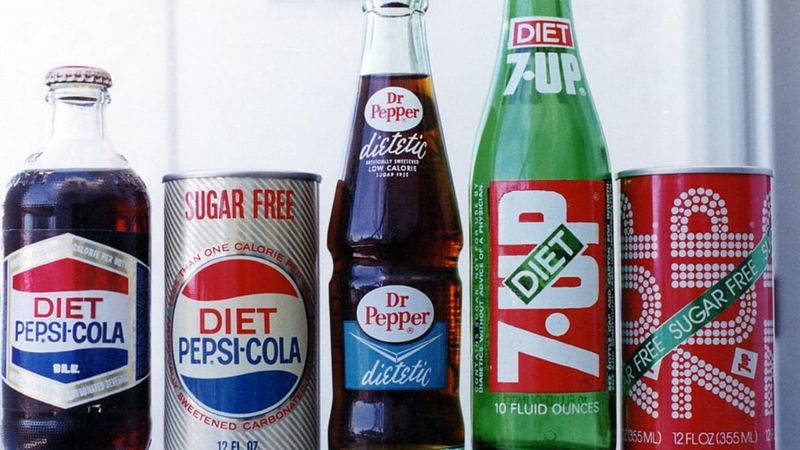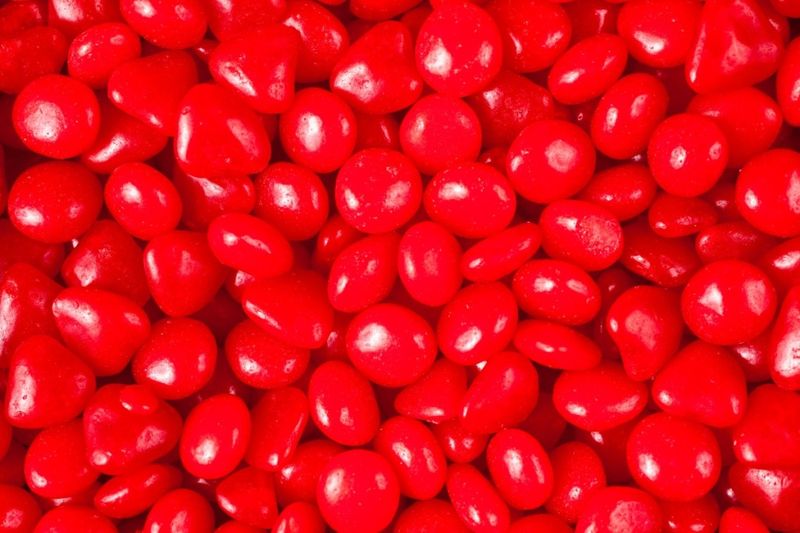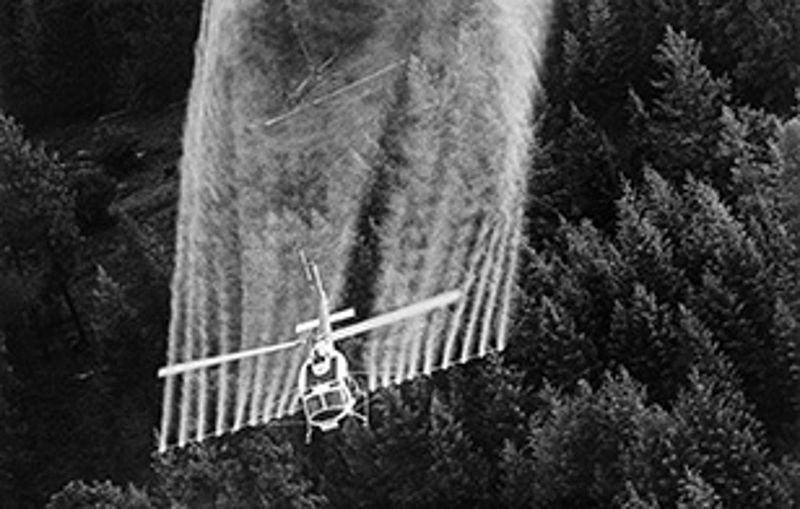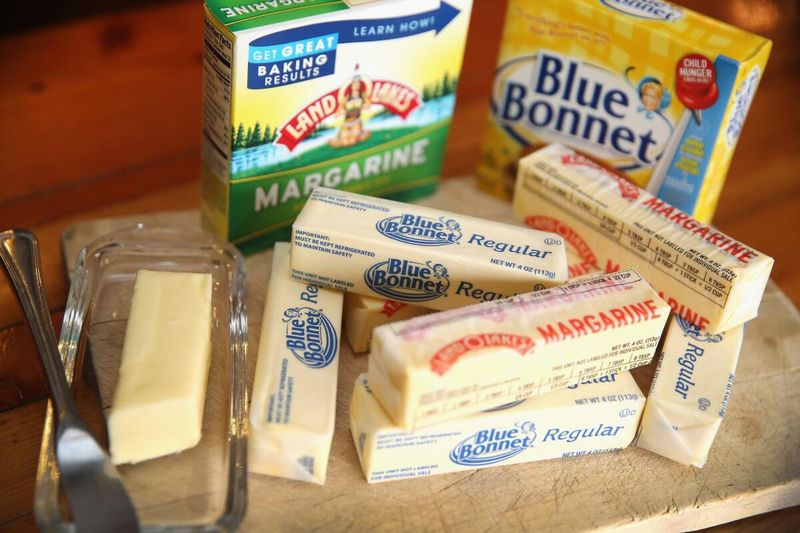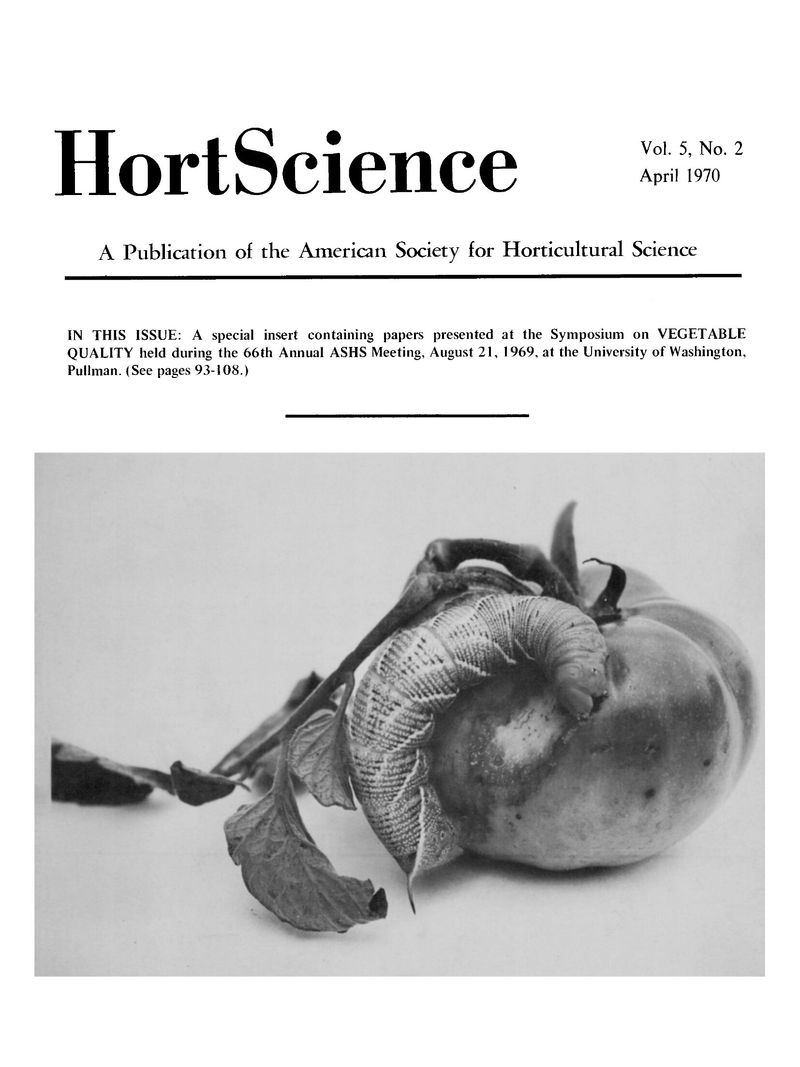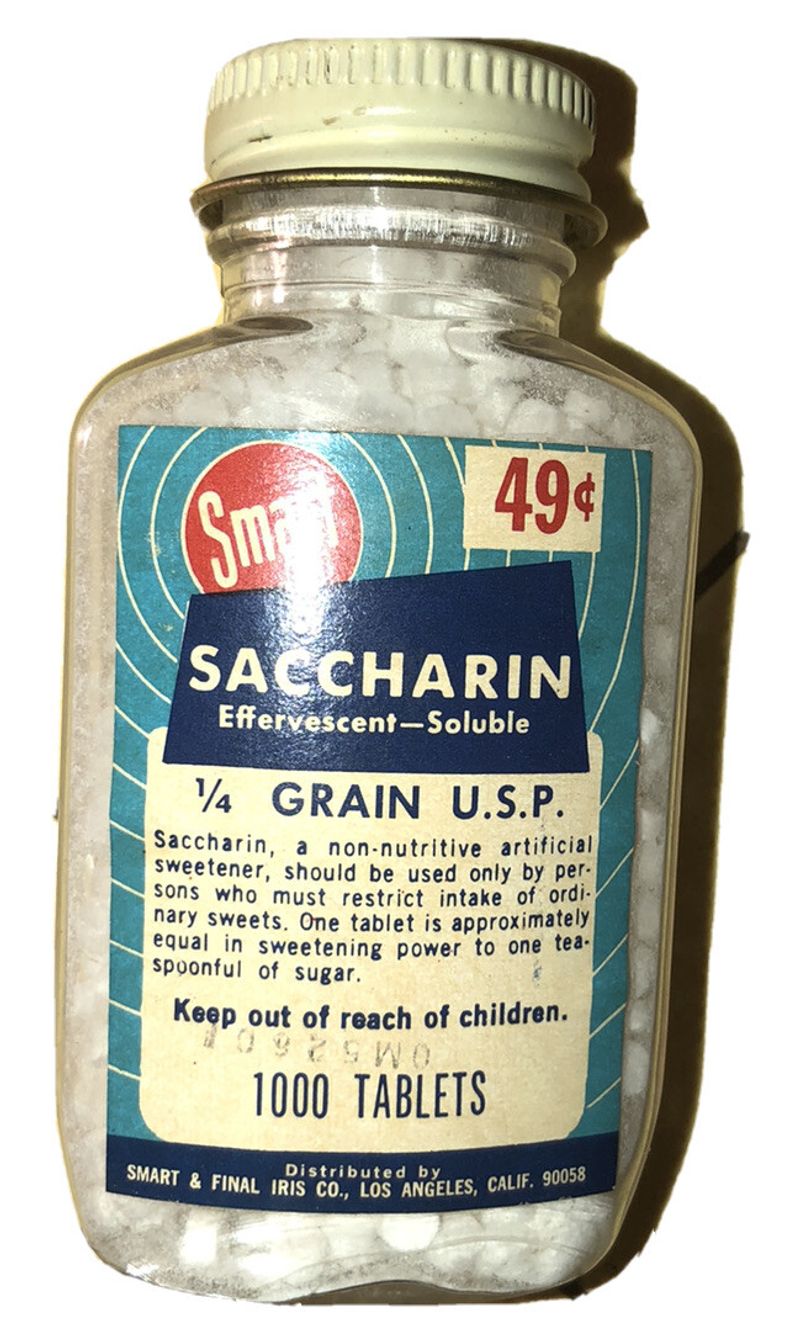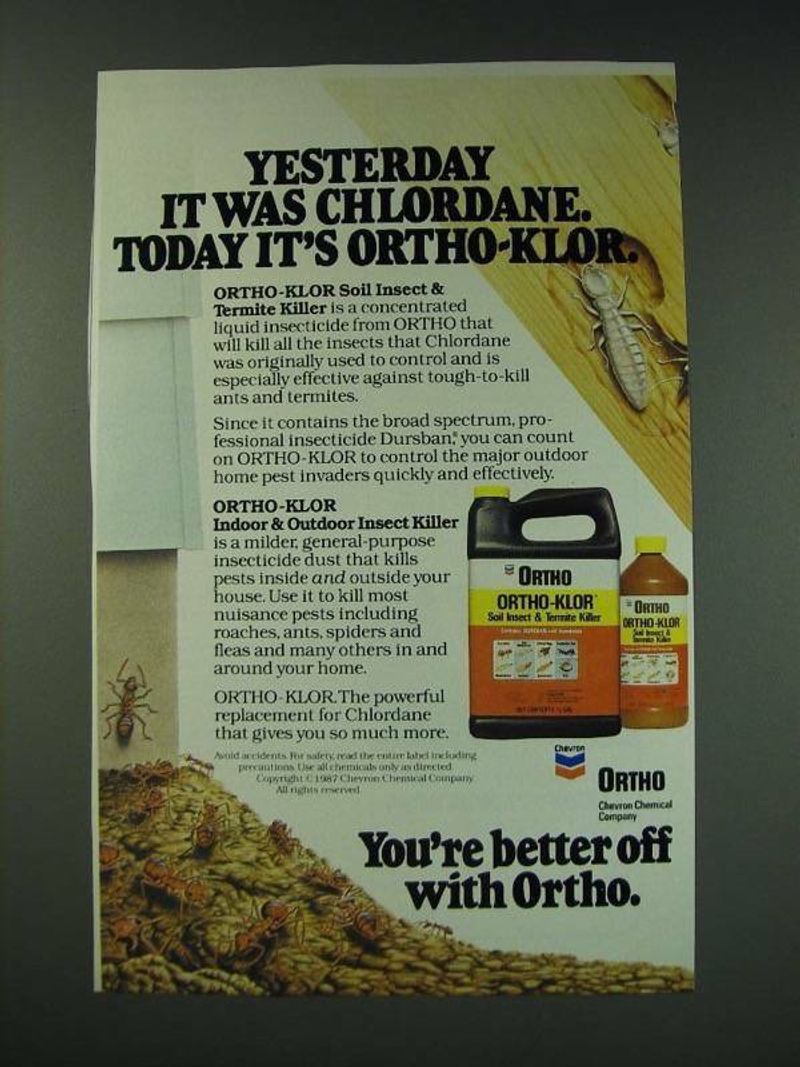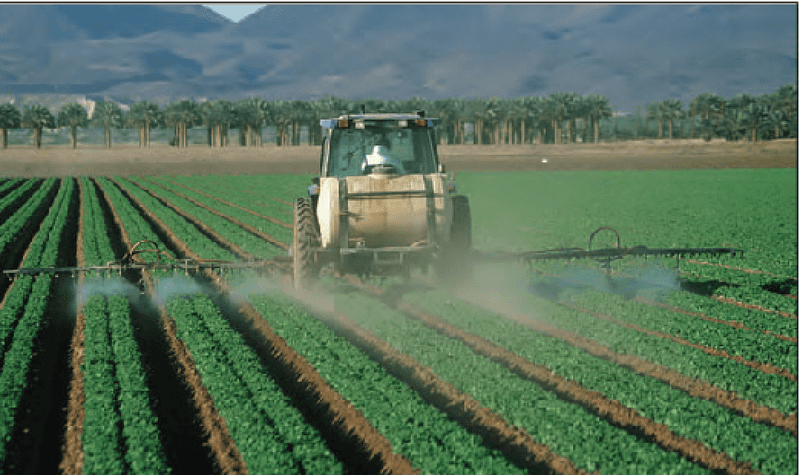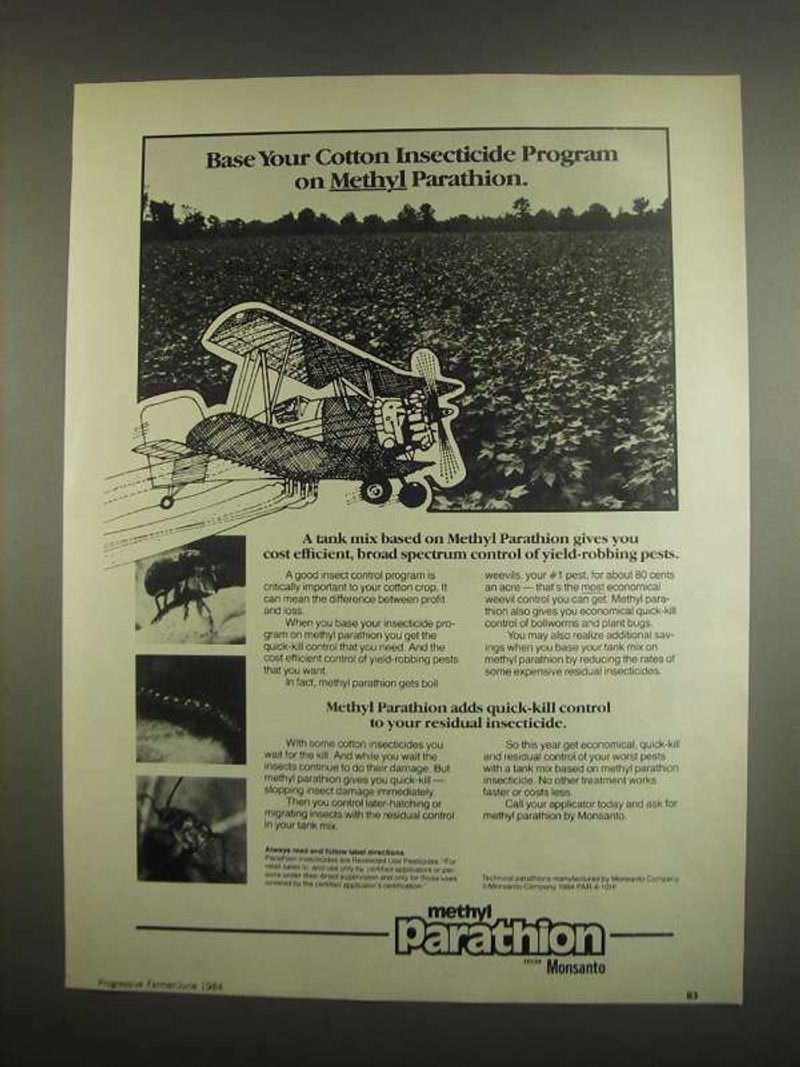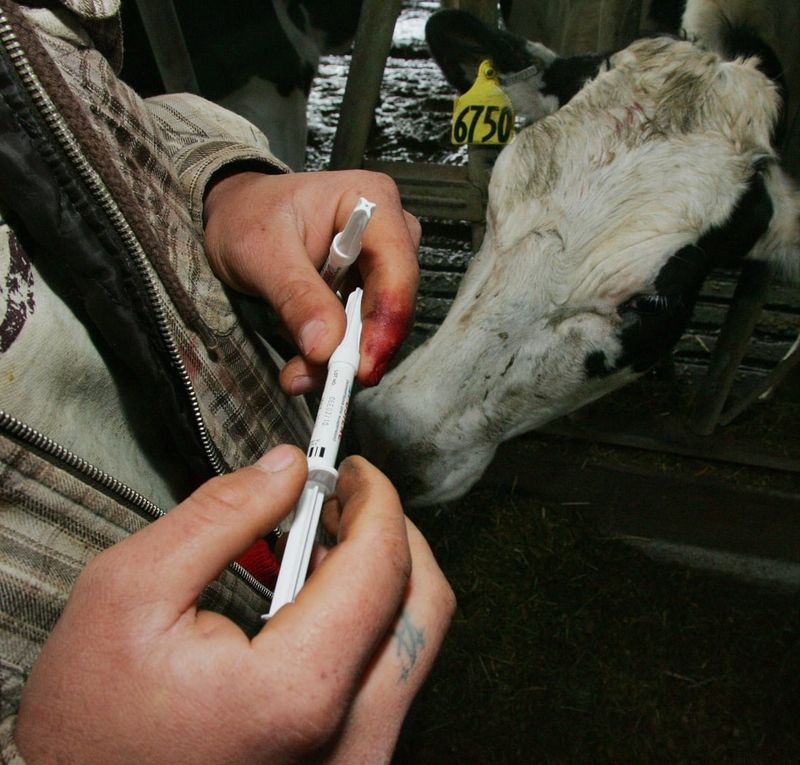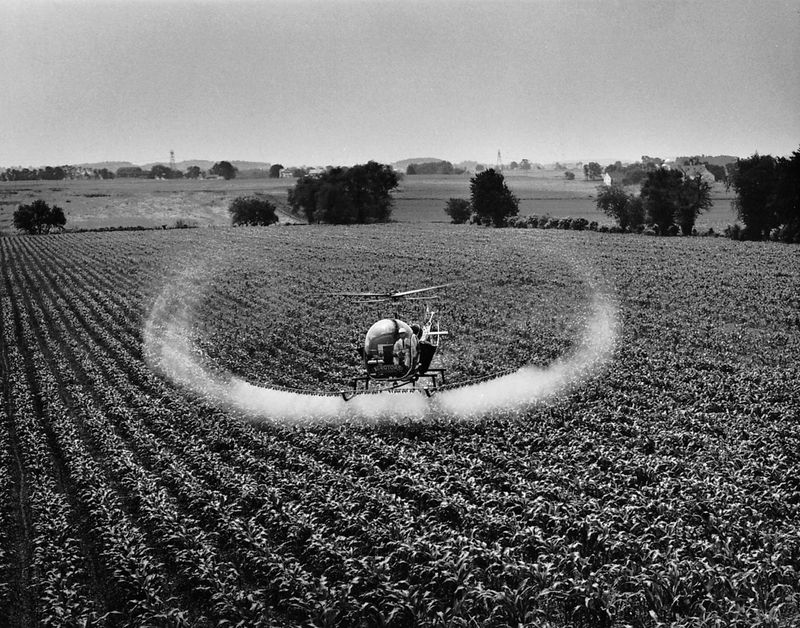The 1970s was a time of culinary experimentation and convenience foods, yet some of the era’s beloved eats have vanished from our shelves. Here’s a look at fifteen foods that were once staples but are now banned for various reasons, ranging from health concerns to environmental impacts. Let’s explore these nostalgic foods and understand why they were prohibited.
1. Cyclamate Sweeteners
Cyclamate sweeteners, once the darling of diet-conscious individuals in the 1970s, found their place in sodas and tabletop sweeteners. They offered a calorie-free alternative to sugar, making them incredibly popular among those watching their waistlines. However, the sweetener’s glory days were cut short when studies involving rodents suggested a link to bladder cancer.
The FDA acted swiftly, banning cyclamates in October 1969, just as the decade was gaining momentum. Despite its controversial exit, cyclamate sweeteners linger in the memories of those who enjoyed their sweeter-than-sugar taste.
2. Red Dye No. 2 and No. 3
Red Dye No. 2 and 3, added a bright splash of color to candies and baked goods in the 1970s. It was everywhere, from festive holiday treats to everyday sweets. However, this vibrant hue was dimmed by concerns about its safety.
Animal studies linked it to tumor growth, sparking enough alarm to lead to its ban as a food additive in 1976. The colorful confections of the 70s lost a bit of their luster, but the legacy of Red Dye No. 2 remains, a cautionary tale of food additives.
3. DDT (Dichlorodiphenyltrichloroethane)
DDT, once hailed as a miracle pesticide, was widely used on produce and even in homes during the 1970s. Its effectiveness in battling pests made it invaluable, yet it had a hidden dark side. Environmental and wildlife impacts, along with its persistent nature, led to growing concerns.
By December 31, 1972, the U.S. banned agricultural use of DDT, marking a significant shift in environmental policy. This decision reflected a new awareness of ecological balance and human health, paving the way for safer alternatives.
4. Partially Hydrogenated Oils (Artificial Trans Fats)
In the 1970s, partially hydrogenated oils, or artificial trans fats, were a cornerstone of processed foods. These oils provided a longer shelf life and improved texture, making them a favorite among manufacturers. However, the health implications were grave, with links to heart disease and other ailments.
The FDA declared them “not GRAS” (Generally Recognized as Safe) in 2015, with a full phase-out by 2018. This shift marked an evolution in our understanding of dietary fats, encouraging healthier choices in our pantries.
5. Ephedra (Ephedrine Alkaloids)
Ephedra, known for its stimulating effects, was a popular ingredient in herbal supplements during the 1970s. It promised increased energy and weight loss, enticing many seeking a natural boost. Yet, beneath its allure lay potential dangers.
Research uncovered serious cardiovascular risks, leading to its ban in April 2004. This decision followed numerous reports of adverse effects and even deaths. Today, ephedra serves as a reminder of the importance of thorough safety evaluation in the supplement industry.
6. Alar (Daminozide)
Alar, or daminozide, was once the secret to producing picture-perfect apples. This plant growth regulator ensured apples ripened uniformly, appealing to consumers’ desire for visual perfection. However, whispers of its potential carcinogenicity began to surface.
By 1989, amidst mounting public pressure and scientific scrutiny, it was voluntarily withdrawn, and its food-use tolerances were canceled. The Alar saga underscored the tension between agricultural innovation and consumer safety.
7. Saccharin (Canadian Food Ban)
Saccharin, a beloved sugar substitute, sweetened countless cups of coffee in the 1970s. While remaining legal in the U.S., Canada removed it from its list of permitted sweeteners in 1977, citing potential health concerns under the Saccharin Study and Labeling Act.
Though it was later reinstated for certain foods, saccharin’s journey reflects the complexities of food safety regulations across borders. Its tale is one of caution, reminding us that sweet comes with scrutiny.
8. PCBs (Polychlorinated Biphenyls)
PCBs, or polychlorinated biphenyls, were ubiquitous in electrical equipment and even applied as pesticides during the 1970s. Their stability made them desirable, yet this same trait contributed to environmental persistence and toxicity.
Effective July 1, 1979, the manufacture and most uses of PCBs were banned. This decision was a crucial turning point in industrial regulation, emphasizing the importance of balancing technological advancement with environmental responsibility.
9. Chlordane
Chlordane was a go-to pesticide for homeowners and farmers alike in the 1970s. Renowned for its effectiveness, it was liberally used until evidence of its carcinogenicity emerged. Concerns about groundwater contamination further tarnished its reputation.
By April 14, 1988, all uses of chlordane were canceled by the EPA, marking the end of its era. The story of chlordane is a testament to the evolving understanding of chemical safety and environmental health.
10. Heptachlor
Heptachlor, another pesticide hero of the 1970s, was widely used on crops and for termite control. Its effectiveness was overshadowed by growing health concerns, leading to a voluntary sales cancellation in 1987.
By 1988, all remaining uses were prohibited. The heptachlor narrative highlights the delicate balance between agricultural needs and the health of ecosystems, urging us to consider the broader impact of chemical use.
11. Parathion
Parathion, a potent organophosphate insecticide, was a staple in fruit and grain production in the 1970s. Its toxicity, however, was double-edged, leading to numerous poisoning incidents. These tragedies prompted action.
By the early 2000s, its registrations were canceled, reflecting a shift towards safer pest control methods. Parathion’s story serves as a sobering reminder of the importance of rigorous safety standards in agriculture.
12. Brominated Vegetable Oil (BVO)
Brominated vegetable oil, or BVO, lent its emulsifying powers to citrus sodas like Mountain Dew in the 1970s. It helped keep flavors well-mixed but raised eyebrows due to potential health risks.
Withdrawn from Europe in 2008 and eventually revoked by the FDA in 2024, BVO’s history is a case study in evolving food safety standards. Its journey speaks to the need for continual re-evaluation of food additives in light of new scientific insights.
13. rBGH/rBST (Recombinant Bovine Growth Hormone)
rBGH, or recombinant bovine growth hormone, was introduced to boost milk production in dairy cows. While approved in the U.S. in 1993, it faced bans in the EU, Canada, and Japan due to animal welfare and health debates.
The controversy surrounding rBGH reflects the global differences in food safety standards and the ongoing conversation about ethical food production. Its story encourages us to consider not just the efficiency of agricultural practices but also their broader ethical implications.
14. Dieldrin (and Aldrin)
Dieldrin, along with aldrin, was a fixture in agriculture during the 1950s and 60s, widely used on corn and cotton. By the 1970s, its toxic nature became apparent, leading to a ban on most uses in 1974, with complete prohibition by 1987.
The dieldrin tale is a stark reminder of how agricultural practices have evolved, emphasizing the need for safer alternatives. Its legacy informs the cautious approach we now take with pesticides.

